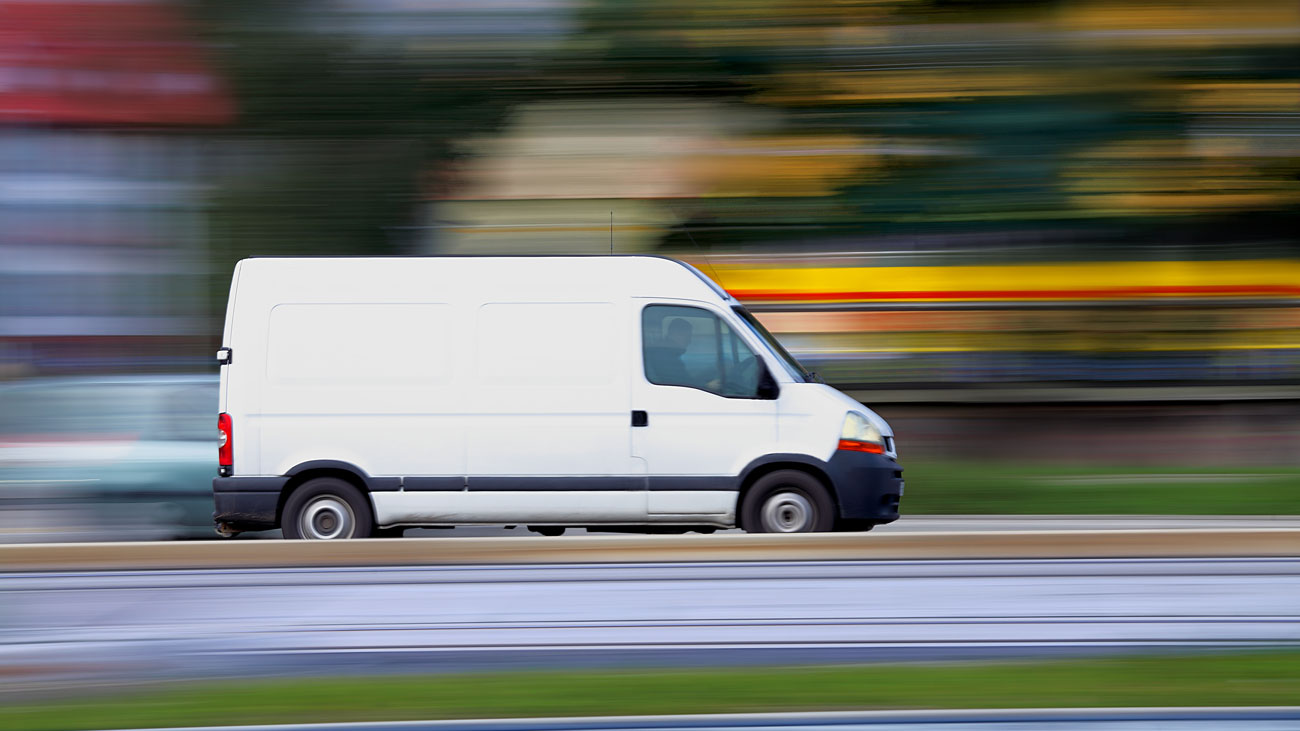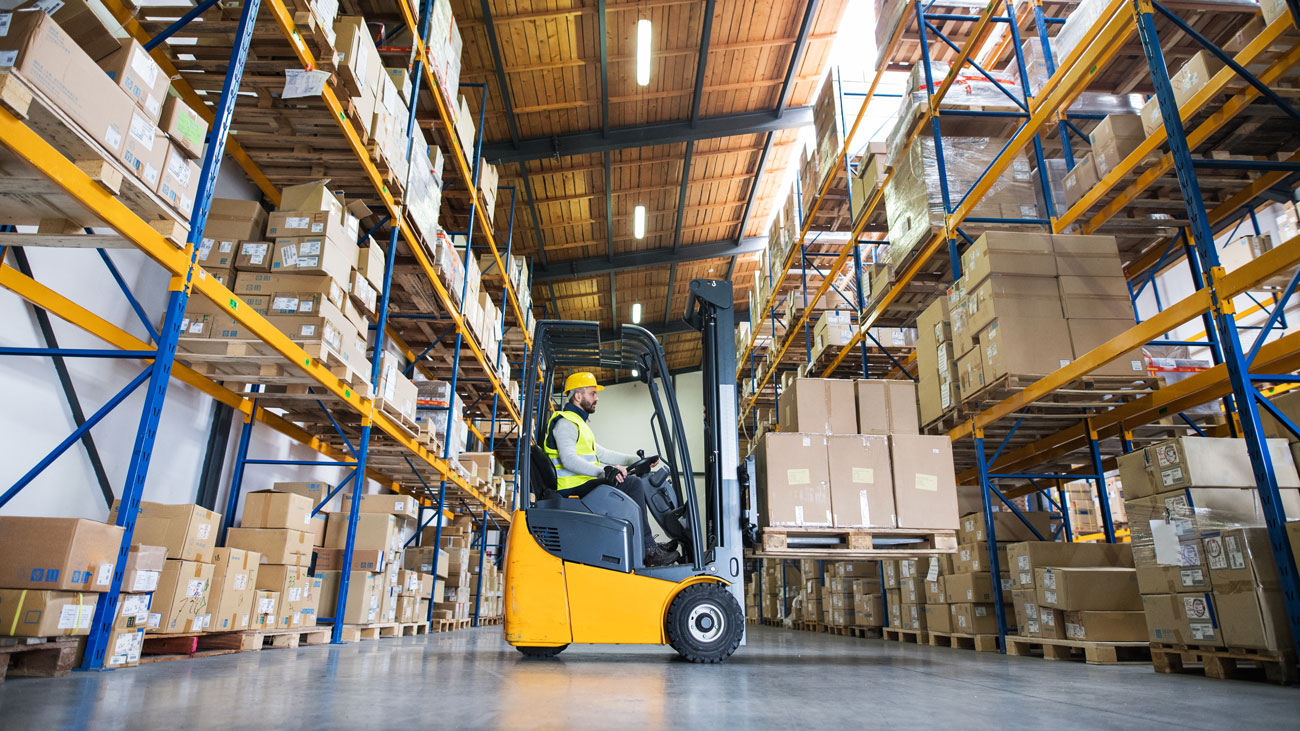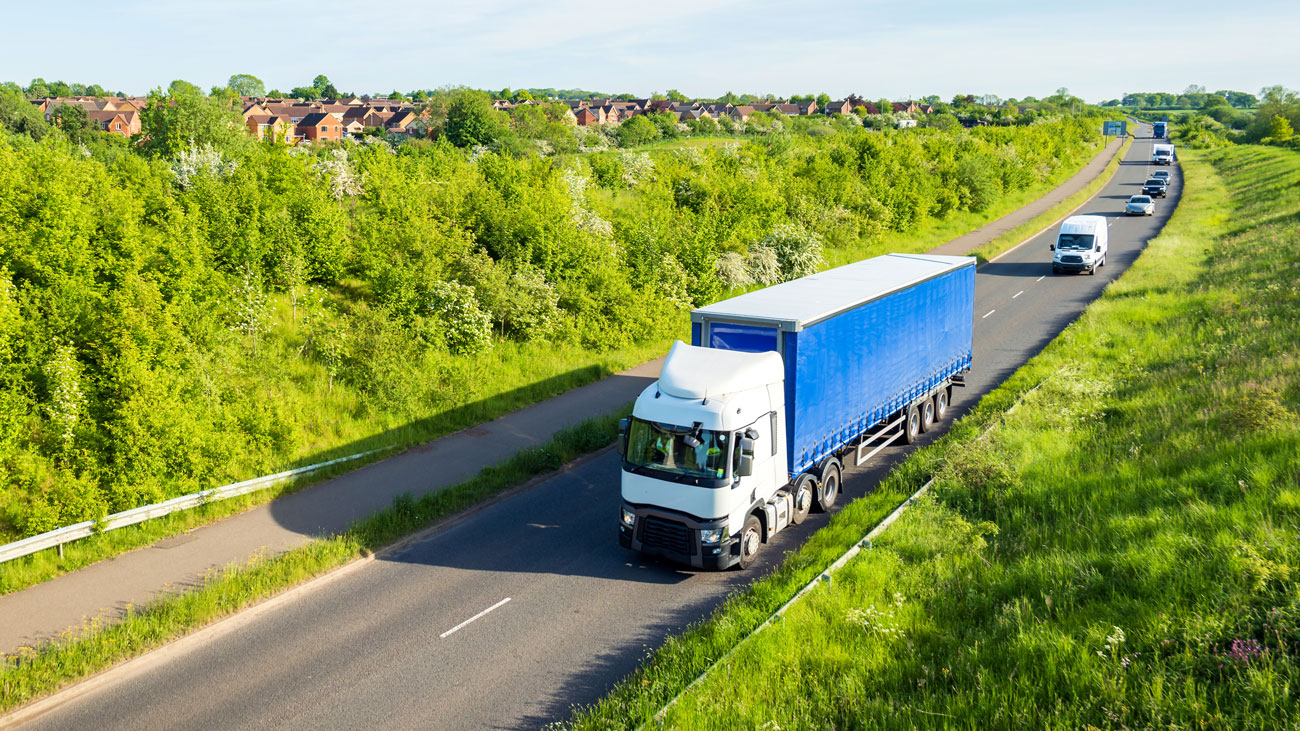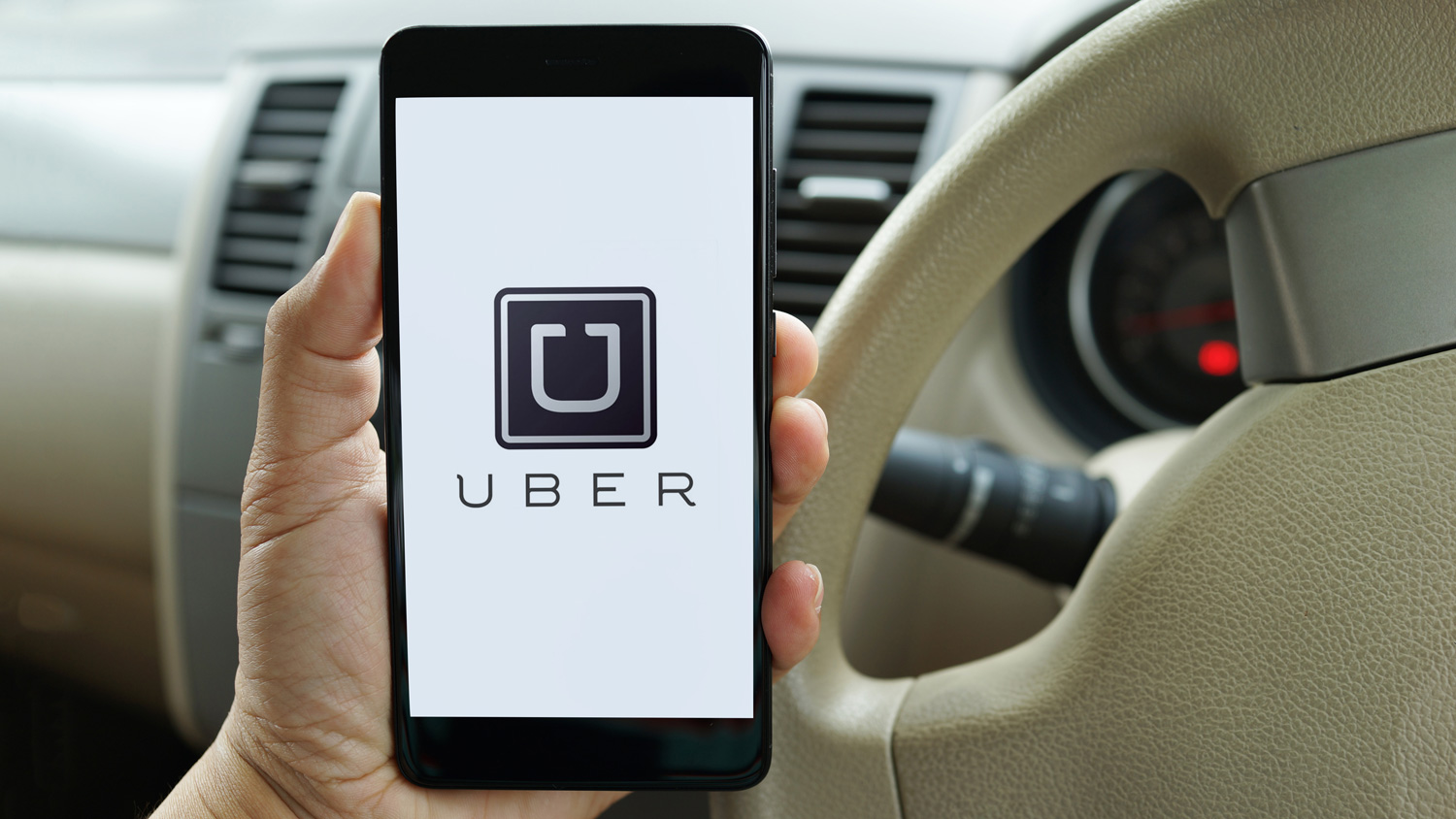
Working safely in vehicles during COVID-19: government guidance
The Department for Business, Energy and Industrial Strategy and the Department for Digital, Culture, Media and Sport have issued new guidance on working safely during the coronavirus pandemic for people who work in or from vehicles, including couriers, mobile workers, lorry drivers, on-site transit and work vehicles, field forces and similar.
The guidance includes social distancing in vehicles, which should be maintained where possible by:
- avoiding multiple occupancy vehicles where safe to do so;
- not sharing vehicles if possible; and
- considering additional safety measures if it is not possible to maintain social distancing guidelines inside vehicles (2m, or 1m with risk mitigation where 2m is not viable).
The guidance advises that steps that will usually be needed are:
- Keeping the number of people in the vehicle to a minimum and as distanced within the vehicle space as possible.
- Devising mitigation measures where workers cannot maintain social distancing guidelines to minimise the risk of transmission, including clear signage to outline social distancing measures in place, single person or contactless refuelling where possible, using physical screening, provided this does not compromise safety, for example, through reducing visibility, and sitting side-by-side, not face-to-face, and increasing ventilation where possible.
- Using a fixed pairing system if workers have to be in close proximity, for example in a vehicle.
- Making sure vehicles are well-ventilated to increase the flow of air, for example, by opening a window.
- Ensure regular cleaning of vehicles, in particular between different users.
The guidance also advises on carrying out deliveries or collections, and how to maintain social distancing and avoid surface transmission when goods enter and leave the vehicle. It advises:
- Scheduling to limit exposure to large crowds and rush hours where appropriate.
- Revising pick-up and drop-off collection points and procedures with signage and marking.
- Where possible and safe, having single workers load or unload vehicles.
- Minimising unnecessary contact at gatehouse security, yard and warehouse. For example, non-contact deliveries where the nature of the product allows for use of electronic pre-booking.
- Maximising use of electronic paperwork where possible, and reviewing procedures to enable safe exchange of paper copies where needed, for example, required transport documents.
- Enabling drivers to access welfare facilities when required and consistent with other guidance.
- Encouraging drivers to stay in their vehicles where this does not compromise their safety and existing safe working practice.
The government guidance also offers advice on Personal Protective Equipment and face coverings, as well as cleaning and management of the workforce. The in-depth guidance is available here.






